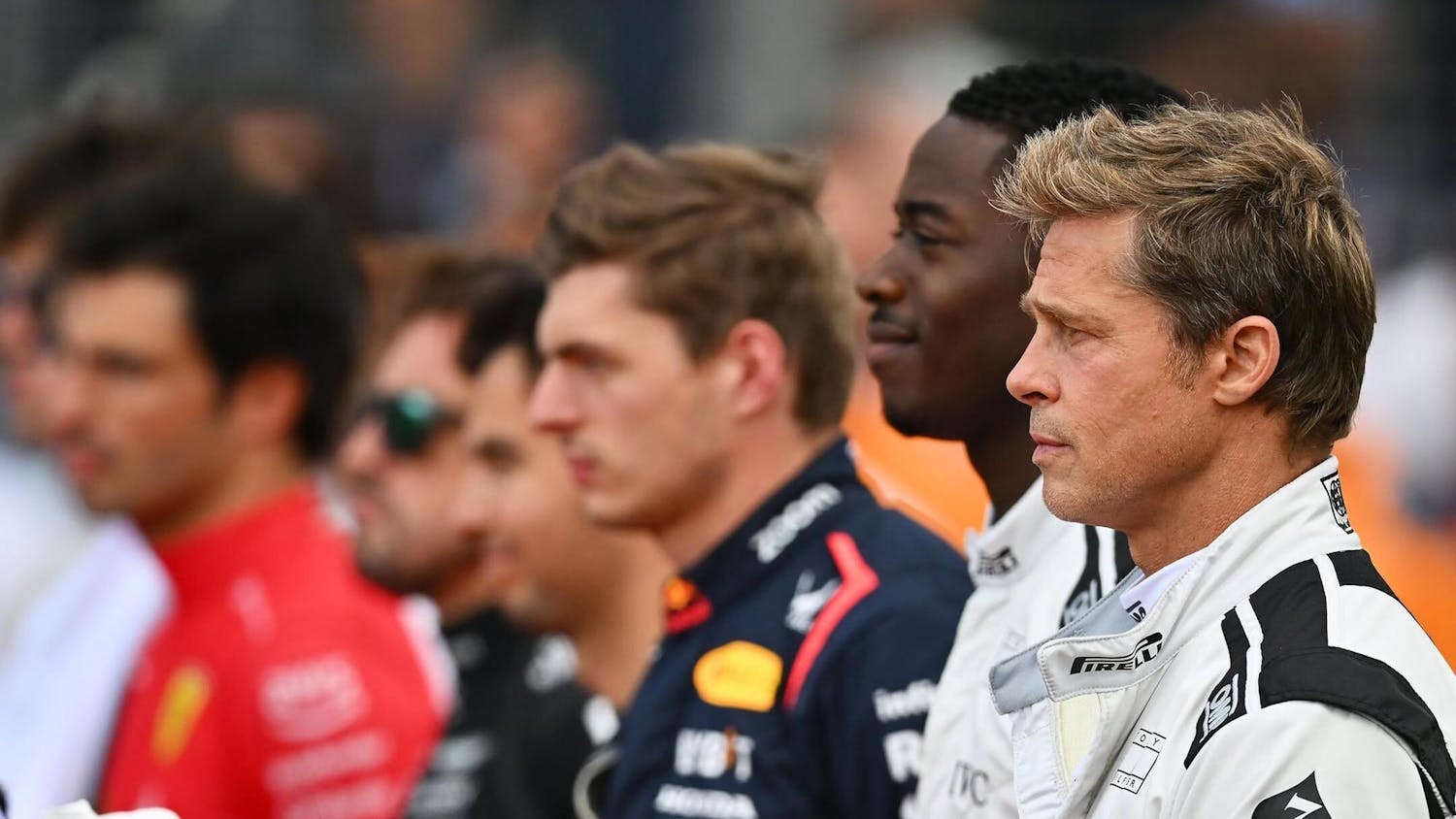NASHVILLE, Tenn. -- Two segregated film crews, one black and one white, used the perspective of race to create a documentary centered on the dragging death of a black man by three whites five years ago in Jasper, Texas.\nThe New York filmmakers behind the "Two Towns of Jasper" found the differences in perspective before filming began, and the divide only grew more distinct during the two-year project.\nWhitney Dow, who is white, and Marco Williams, who is black, attended Ivy League schools and have been friends for more than 20 years. After James Byrd Jr. was killed in Jasper, Dow was appalled and surprised, while Williams was neither.\n"With our differences so vivid, I thought that by collaborating with Whitney on a film about race, one that embraced the idea that black and white Americans see the world differently, we might be able to be part of bridging that difference," Williams said in an interview with PBS, which airs the documentary Wednesday on its film series "Point of View."\nThe film, selected for the Sundance Film Festival last year, was screened in six cities last week, including Nashville, in advance of the Martin Luther King Jr. holiday. Oprah Winfrey and ABC's Nightline planned to devote shows to it on Tuesday and Thursday, respectively.\nDow and Williams separately interviewed whites and blacks in Jasper, a timber town of about 8,000 people 100 miles northwest of Houston. What they found was a town that professed unity but was split under the surface by a racial divide built on mistrust.\nByrd, 49, was on his way home from a party when he crossed the path of Shawn Allen Berry, Lawrence Russell Brewer and John William King. The three had been out drinking when they spotted Byrd early on June 7, 1998.\nThey took him to a country road, beat him, chained him to their truck by his ankles, and dragged him for more than two miles until he was dismembered and decapitated.\nBrewer and King were convicted and sentenced to death for the murder, while Berry received life in prison.\nJasper County Sheriff Billy Rowles recalls that night in the film's opening narration, saying he "knew it was a black man dead, hoping that a black man had killed him."\nThose interviewed in the movie include a group of self-proclaimed white "bubbas" who meet each morning at the Belle-Jim Hotel for breakfast and a group of black women at a beauty parlor.\n"He ought to be judged for the way he lived, not the way he died," one of the "bubbas," Freddie Warren, says of Byrd.\nMargena Gardiner, one of the beauty parlor women, faulted her own race for not getting angry enough when Byrd was killed.\n"Blacks didn't rage. We didn't burn things; we didn't go out and do an eye for an eye," she said.\nThe racial divide was also evident when Dow and Williams interviewed white workers at the same body shop a few weeks apart. Dow got different answers than Williams. By the time Williams got there, "they had changed their names. They had changed who owned the shop and where they were from," Dow said. "The basic distrust was so strong there."\nSome whites in Jasper said they were angry over the negative attention the crime brought, and seemed surprised that such brutality could have occurred in their town. An avowed white supremacist, however, said he wasn't surprised and saw the murder as a commentary on the true relationship between blacks and whites.\nBlack residents said Byrd's death was an extreme expression of racism that exists in Jasper. When whites rushed to bring the killers to justice, black residents felt that was just to save the town's reputation.\nYet, neither whites nor blacks have done much to bridge the divide. The film shows a cemetery, for example, where a fence once divided the graves of whites from blacks. It was removed only after the national media attention Jasper received after Byrd's murder. The graves, however, remain segregated.\nThe directors said they hope viewers take away from the film a new perspective on why races relate the way they do.\n"I hope the film shows how vastly different worlds we live in [are] and that sometimes, on both sides, the malicious intent that is seen from the other really isn't there," Dow said.\nFor related links to this story, please visit \n•www.twotownsofjasper.com\n•www.pbs.org/pov/pov2002/twotownsofjasper
Looking at racial strife
PBS show takes dual perspective on race relations
Get stories like this in your inbox
Subscribe




